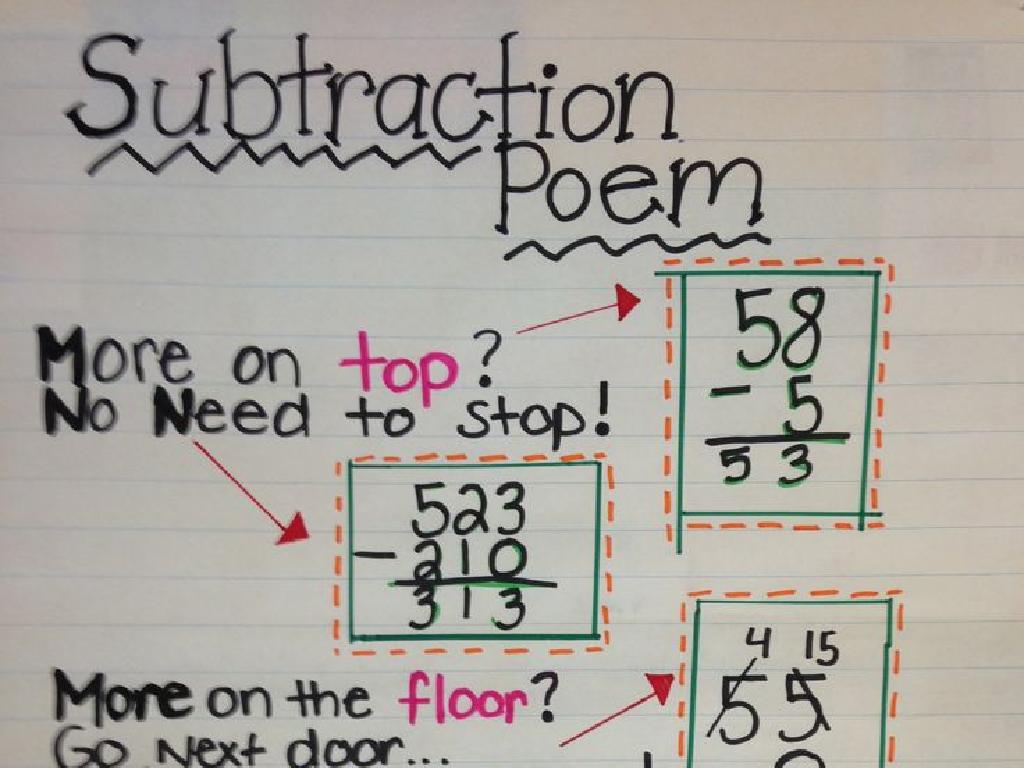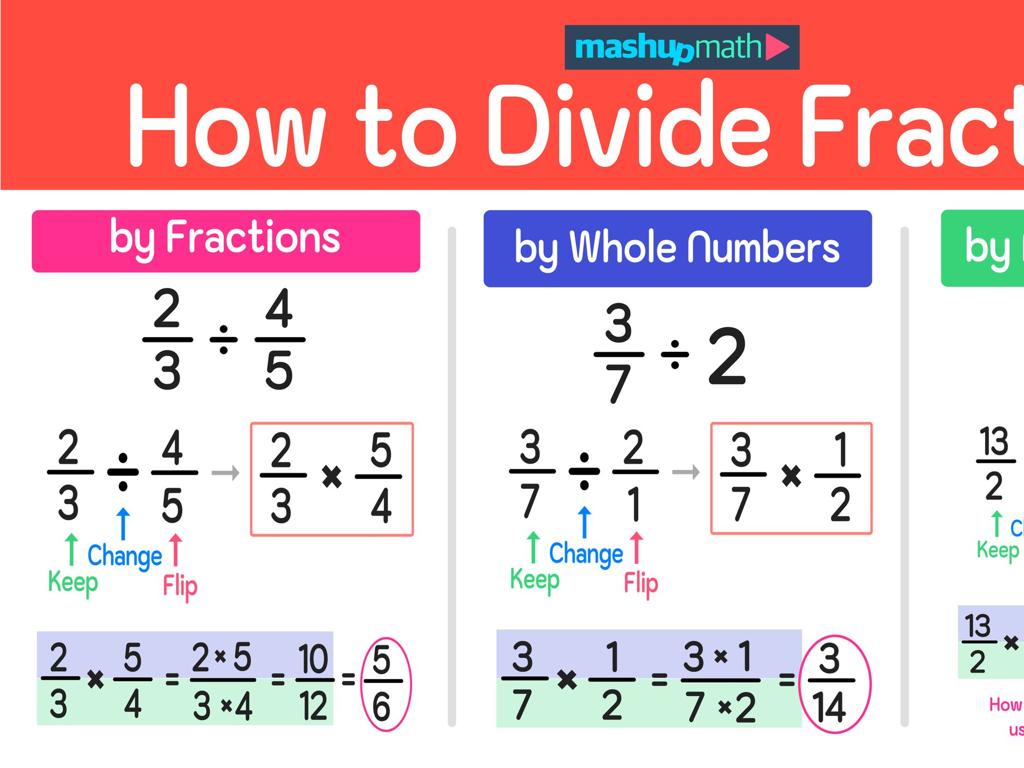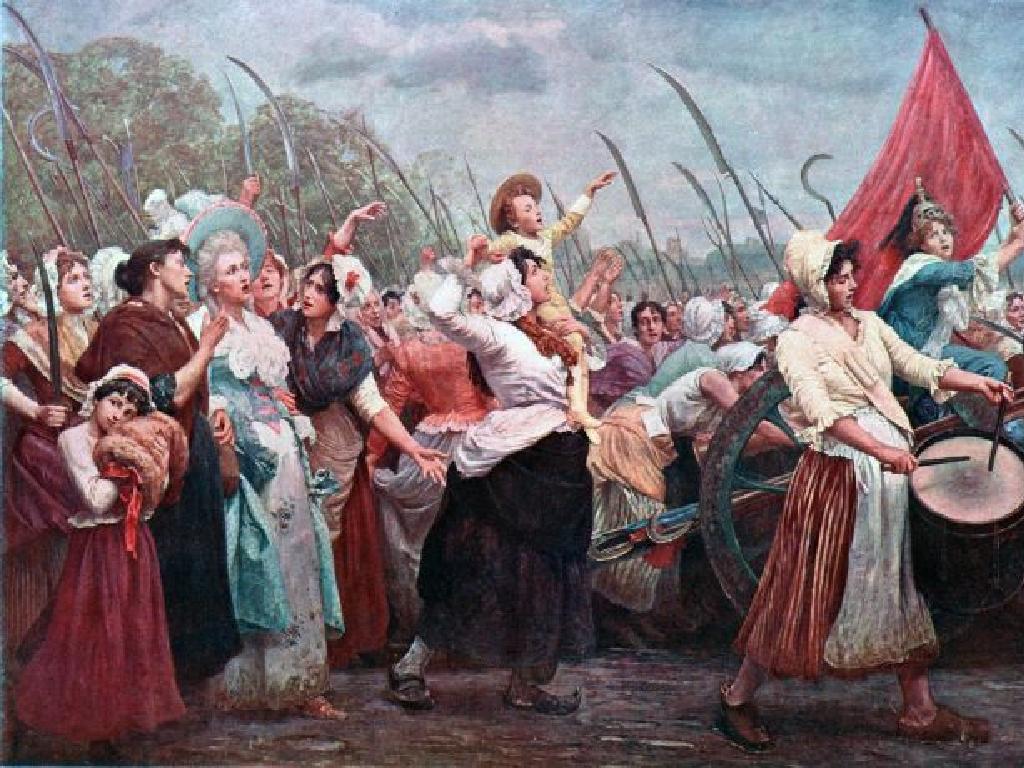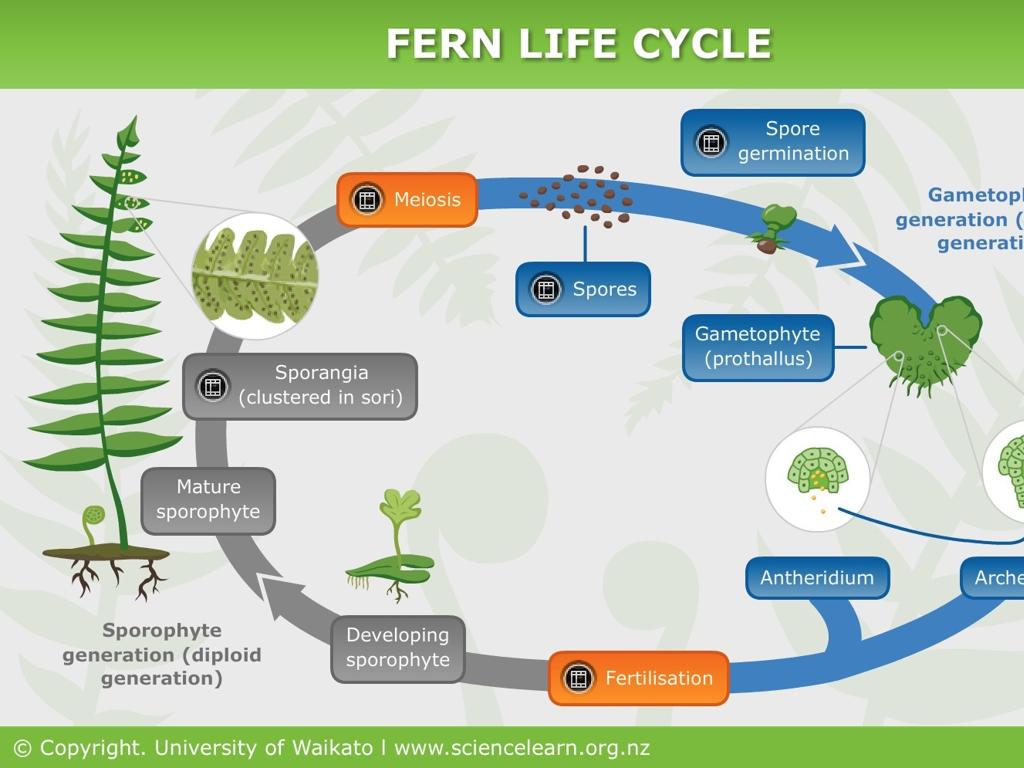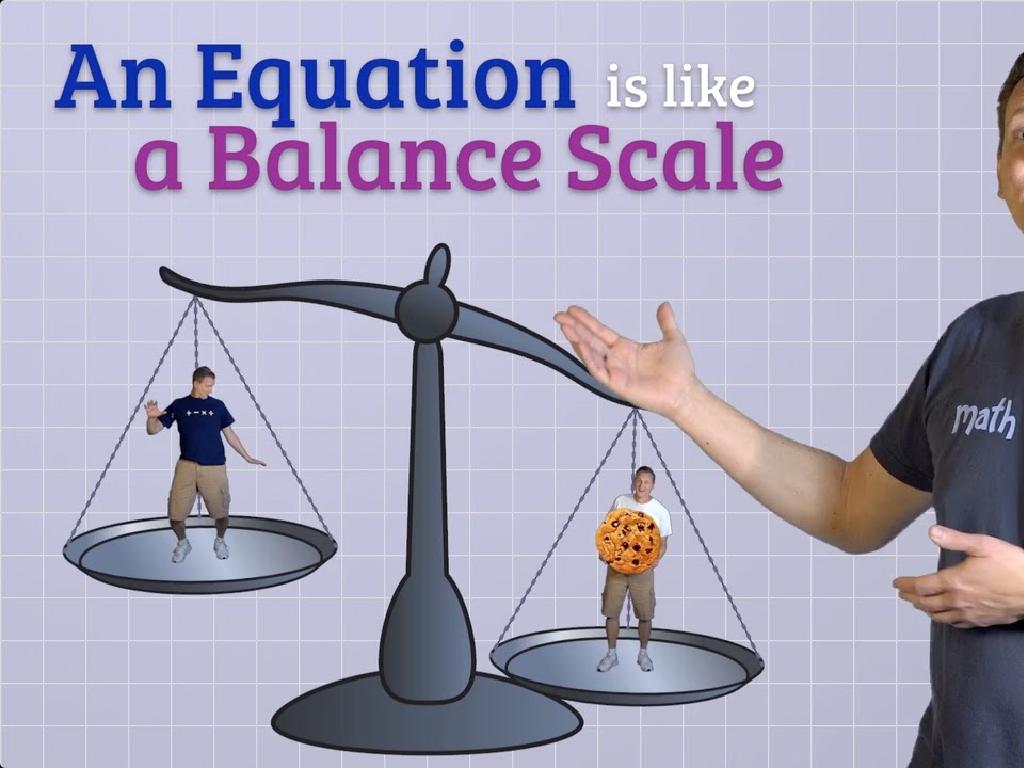Identify Subordinating Conjunctions
Subject: Language arts
Grade: Fourth grade
Topic: Conjunctions
Please LOG IN to download the presentation. Access is available to registered users only.
View More Content
Exploring Subordinating Conjunctions
– Role of conjunctions in sentences
– Conjunctions join words, phrases, or clauses
– Subordinating vs. Coordinating
– Subordinating conjunctions connect dependent clauses to independent clauses
– Examples of subordinating conjunctions
– ‘Because’, ‘if’, ‘when’, ‘although’ are a few examples
– Practice identifying them
– We’ll find subordinating conjunctions in sentences together
|
This slide introduces the concept of subordinating conjunctions to fourth-grade students. Begin by explaining that conjunctions are like glue for words and sentences. Highlight the difference between subordinating and coordinating conjunctions, emphasizing that subordinating conjunctions begin dependent clauses that cannot stand alone. Provide clear examples of subordinating conjunctions and use sentences to illustrate how they connect ideas. Engage the class with practice exercises where they identify subordinating conjunctions in sentences, reinforcing their understanding of how these conjunctions function to combine ideas in writing.
Exploring Conjunctions
– What is a conjunction?
– A word that connects phrases, words, or clauses
– Conjunctions’ role in sentences
– They link ideas and help form complex sentences
– Examples of simple conjunctions
– ‘and’, ‘but’, ‘or’ are common conjunctions
|
Begin the lesson by defining a conjunction as a connector that can join words, phrases, or clauses together in a sentence. Explain that conjunctions are like glue, holding parts of a sentence together. They help in forming more complex, interesting sentences. Provide simple examples of conjunctions such as ‘and’, ‘but’, and ‘or’, and show how they can change the meaning of a sentence. Encourage students to come up with their own sentences using these conjunctions to solidify their understanding. This will prepare them for learning about more complex conjunctions, such as subordinating conjunctions, in future lessons.
Exploring Types of Conjunctions
– Three main conjunction types
– Coordinating: ‘and, but, or’, Correlative: ‘either…or’, Subordinating: ‘because, although’
– How conjunctions connect ideas
– Coordinating: equal ideas, Subordinating: complex sentences
– Examples: Coordinating conjunctions
– ‘and’ joins similar ideas, ‘but’ shows contrast
– Examples: Subordinating conjunctions
– ‘because’ gives a reason, ‘although’ shows unexpected result
|
This slide introduces the three main types of conjunctions: coordinating, correlative, and subordinating. Emphasize how each type serves to connect ideas in sentences, but in different ways. Coordinating conjunctions join equal ideas, correlative conjunctions are used in pairs to link related ideas, and subordinating conjunctions introduce a dependent clause, adding complexity to the sentence. Provide clear examples for each type, such as ‘and’ for coordinating, ‘either…or’ for correlative, and ‘because’ for subordinating. Encourage students to come up with their own sentences using these conjunctions to reinforce their understanding.
Exploring Subordinating Conjunctions
– What are subordinating conjunctions?
– Words that join a main clause to a subordinate clause.
– Connecting clauses together
– They help the main clause make more sense.
– Examples: ‘because’, ‘although’
– ‘because’ gives a reason, ‘although’ shows contrast.
– Practice with ‘when’, ‘if’, ‘after’
– Use ‘when’ for time, ‘if’ for conditions, ‘after’ for sequence.
|
This slide introduces subordinating conjunctions, which are words that connect a main clause to a subordinate clause, creating a complex sentence. Explain that the main clause can stand alone, but the subordinate clause cannot. Use examples to illustrate how subordinating conjunctions function: ‘because’ introduces a reason, ‘although’ indicates a contrast, ‘when’ sets a time, ‘if’ states a condition, and ‘after’ describes a sequence. Encourage students to create their own sentences using these conjunctions to understand their usage better. This will help them recognize and use subordinating conjunctions in their writing, enhancing their sentence structure and expression.
Exploring Subordinating Conjunctions
– Sentences with subordinating conjunctions
– ‘Because’, ‘if’, ‘although’ connect clauses
– Find the conjunction in examples
– Look for words that join two ideas in a sentence
– Understand clause relationships
– How does the conjunction link the ideas?
– Practice with class activities
– We’ll work together to identify conjunctions
|
This slide introduces students to subordinating conjunctions, which are words that connect an independent clause to a dependent clause, creating a complex sentence. Start by showing examples of sentences that use subordinating conjunctions. Then, guide students to identify the conjunctions used in each example. Discuss how these words relate the two clauses, focusing on cause and effect, conditions, or contrasts. Engage the class with activities where they identify conjunctions in sentences provided by you or from their reading. This will help them understand the function and importance of subordinating conjunctions in sentence structure.
Crafting Sentences with Subordinating Conjunctions
– Complex sentences and conjunctions
– A complex sentence has one independent clause and at least one dependent clause connected by a subordinating conjunction like ‘because’, ‘if’, or ‘when’.
– Activity: Write your own sentences
– Use ‘because’, ‘if’, ‘although’, ‘when’, etc., to write sentences.
– Share with the class
– Discuss what you wrote with your classmates.
– Explain your conjunction choice
– Tell us why you chose the conjunction you did.
|
This slide introduces an activity focused on using subordinating conjunctions to create complex sentences. Begin by explaining that a complex sentence combines an independent clause with a dependent clause using conjunctions like ‘because’, ‘if’, ‘although’, ‘when’, etc. The activity involves students writing their own sentences using a variety of subordinating conjunctions. After writing, students will share their sentences with the class and explain the reasoning behind their choice of conjunction. This exercise will help students understand how subordinating conjunctions function to connect ideas within a sentence. For the teacher: Prepare a list of subordinating conjunctions, examples of complex sentences, and encourage students to be creative with their sentences. Offer support by providing sentence starters or prompts if needed.
Class Activity: Conjunction Hunt!
– Search for subordinating conjunctions
– Pair up and explore reading books
– Write sentences with conjunctions
– Look for words like ‘because’, ‘if’, ‘although’
– List the conjunctions discovered
– Examples: ‘after’, ‘before’, ‘since’, ‘when’
|
This interactive class activity is designed to help students identify subordinating conjunctions through a practical exercise. Students will work in pairs, fostering teamwork and collaborative learning. They will search their reading books for sentences that contain subordinating conjunctions, write those sentences down, and list the conjunctions they find. Teachers should circulate the room to assist pairs as needed, provide guidance on identifying conjunctions, and encourage discussion about how the conjunctions change the relationship between clauses in a sentence. Possible conjunctions to find include ‘because’, ‘if’, ‘although’, ‘after’, ‘before’, ‘since’, and ‘when’. This activity will help solidify the students’ understanding of subordinating conjunctions in a fun and engaging way.
Conjunction Junction: What’s Your Function?
– Review subordinating conjunctions
– Words like ‘because’, ‘if’, ‘when’ that connect clauses
– Play ‘Conjunction Says’
– A fun game to practice identifying conjunctions
– Homework: Story conjunction hunt
– Find and underline conjunctions in a story at home
– Why subordinating conjunctions matter
|
Begin with a quick review of subordinating conjunctions, ensuring students recall that these words connect a dependent clause to an independent clause. Introduce ‘Conjunction Says’, a game where students perform actions only when sentences with correct subordinating conjunctions are stated. For homework, students should find a story and underline all the subordinating conjunctions they can find, which will help reinforce their understanding. Explain the importance of these conjunctions in creating complex sentences and enhancing writing skills. Possible activities for ‘Conjunction Says’ could include: 1) Students stand up when they hear a sentence with a correct conjunction. 2) Students create their own sentences using a given conjunction. 3) Students swap sentences with a partner to identify the conjunctions used. 4) Students act out the action in a sentence after hearing a conjunction.

